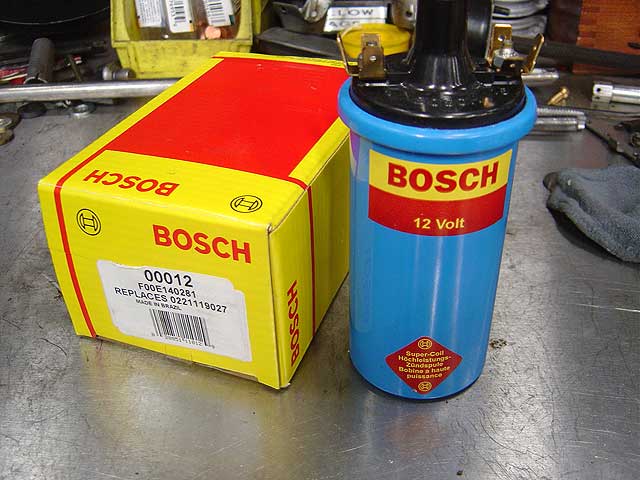Still sorting through the various loose wire, solenoid connections, etc related to a bogus ignition switch.
Newest problem is my ballast resistor is heating up to the point where it is smoking, and this after only 30 seconds or so of run time.
I tried a second ballast resistor and experienced the same red-hot results.
Any clues what may be the cause?
Also, does the igntion coil function only to start the car, or would a sub-par coil result in a very rough engine??
Is the coil a black and white either it works or it doesn't type of apparatus, or will it decline over time (like my backhand, jump shot and electrical skills?)
Newest problem is my ballast resistor is heating up to the point where it is smoking, and this after only 30 seconds or so of run time.
I tried a second ballast resistor and experienced the same red-hot results.
Any clues what may be the cause?
Also, does the igntion coil function only to start the car, or would a sub-par coil result in a very rough engine??
Is the coil a black and white either it works or it doesn't type of apparatus, or will it decline over time (like my backhand, jump shot and electrical skills?)



